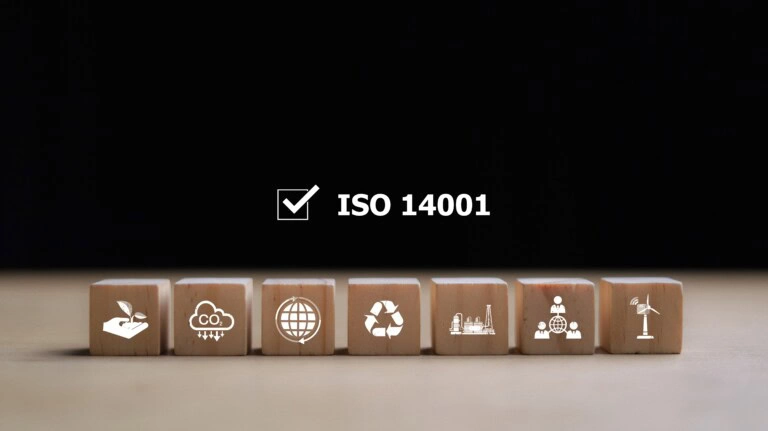
Get in Touch With Us and Tell Us About Your Toughest Monitoring and Control Challenges.
SignalFire Telemetry products connect you with crucial product and hardware data at any of your oil and gas operation sites—whether it’s a pump, pipeline, or storage tank.

SignalFire Telemetry devices install anywhere water asset monitoring is needed, whether it’s for collection purposes, treatment, or delivery.

SignalFire Telemetry devices can monitor key assets and can do it affordably, without any renovation or high-priced engineering costs. They install easily with no required cable or additional power. The data is available on your phone or computer and the cloud service can even output to your corporate system to integrate with the rest of your data and keep your operation running.

SignalFire Telemetry devices can monitor and manage water supplies and additives throughout the property, helping you avoid catastrophic shortages and keep your irrigation plan on track.

Avoid costly product loss in bulk storage tanks, terminals, and transportation movements. Whether calling for tank levels, gauge pressure, or even movement pumps or pipelines, SignalFire products can fill any monitoring gap throughout a facility.

Environmental fines for businesses are frustrating and can bring business to a standstill until they’re worked out. No business wants to hurt the environment, and in competitive markets stopping production affects the bottom line and staff. But there are effective and affordable solutions with SignalFire Telemetry devices.

Expand visibility and control of your refinery or petrochemical processing facility without expensive renovations or redesigns. And do it with your current gauges and hardware. SignalFire telemetry devices are designed to work in harsh chemical environments and meet the strictest safety and security standards

No matter the size of your service map, monitoring remote assets ensures efficiency and keeps your operation in compliance. That’s how SignalFire devices can really help, offering the most affordable and effective monitoring solution that will monitor liquid, gas, electricity, and other assets.

Explore the diverse applications of SignalFire Wireless Telemetry Systems across different industries.
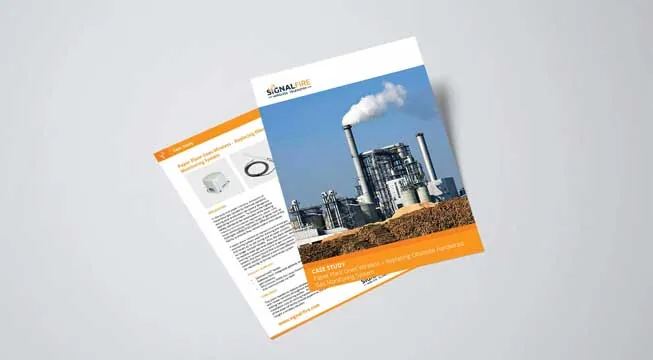
Access our latest brochures to explore comprehensive information about our products and services.

Easily find the sensors that are compatible with our systems on this dedicated page.
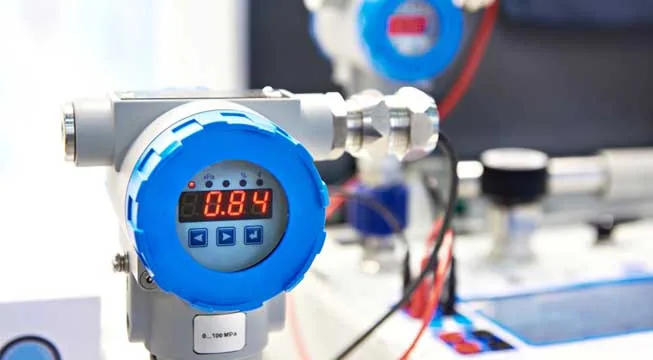
Explore a comprehensive collection of images showcasing our products, installations, and real-world applications.
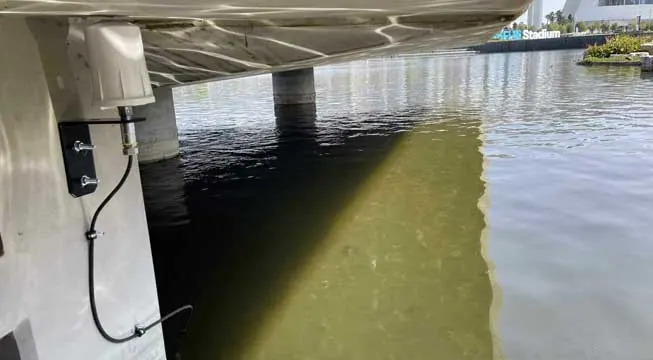

Wireless sensor networks frequently operate in hazardous areas where explosive atmospheres pose a safety risk to equipment and operators. A Class I, Division 1 hazardous area is defined as an environment where combustible gas, vapor or mist is present or is expected to be present for extended periods under normal operating conditions. An example is a tank or well level monitoring application that involves the storage of dangerous or volatile materials. The top of the oil tank or well head presents a potentially hazardous environment. All the components of a wireless sensor control system operating in these types of potentially dangerous applications must be properly rated for safe operation.
Intrinsically safe (IS) equipment is designed so that energy levels are low enough not to generate an arc, spark, or temperature that could ignite an explosive area. IS equipment differs from explosion-proof (XP) systems where ignition is contained within an enclosure so as not to ignite the explosive environment. While both appropriately rated IS and XP equipment are useable in a Class 1 Division 1 area, IS systems are typically cheaper and easier to install as they do not require heavy enclosures.
SignalFire IS-approved devices can be connected to other IS-approved apparatus such as a sensor. Before configuring sensors and other components to SignalFire IS equipment, installers must first evaluate entity parameters to ensure compatibility. All IS-rated equipment has four rating parameters: voltage, current, capacitance, and inductance. The entity concept states:
U1/Vmax > Uo/Voc (Max input voltage > max output voltage)
Ii/Imax > Io/Isc (Max input current > max output current)
Ca > Ci + Ccable (Max capacitance apparatus > capacitance + cable capacitance)
Lo/La > Li + Lcable (Max inductance > apparatus inductance = cable inductance)
These formulas determine that two pieces of IS equipment can be used together while maintaining an IS rating. For example, the maximum voltage and current from the device providing the power must operate below the maximum rated voltage and current of the device being powered. In determining ratings, information is listed on the equipment markings or available on a control drawing from the equipment manufacturer.
Let’s say, for instance, that you are considering using a Sentinel HART node in combination with a VEGAFlex 81 guided radar sensor for the continuous measurement of flammable liquids inside a tank.
As shown in the graphic, the radar tank sensor (yellow unit) takes a level measurement and integrates with a SignalFire C1D1 Sentinel node (white unit) that sends data to a gateway for download into a SCADA system or local PLC. The hazardous location node also powers the sensor, making the level monitoring system completely wireless.
Situated outside the C1D1 area, the gateway, PLC or other polling device do not need to meet C1D1 ratings. All equipment installed within the C1D1 area must be intrinsically safe to operate in the hazardous environment. An evaluation of the Sentinel HART node and VEGAFlex 81 ascertain their viability for this application. The installer is responsible for ensuring that equipment installed into a C1D1 area meets these requirements.
Entity parameters of a Sentinel HART node are:
Uo/Voc = 21 VDC, Io/Isc = 111 mA, Ca = 1.16 uF, Lo/La = 11.5 mH
Entity parameters for a VegaFlex 81 are:
U1 = 30 VDC, Li = 131mA, Ci=0 uF, Li = 5uH
To evaluate the combination of these two pieces of equipment, the entity parameters must be compared:
| U1/Vmax > Uo/Voc | 30 VDC > 21 VDC | TRUE |
| Ii/Imax > Io/Isc | 131mA > 111 mA | TRUE |
| Ca > Ci + Ccable | 1.16 uF > 0 uF + Ccable | TRUE |
| Lo/La > Li + Lcable | 11.5 mH > 5uH + cable | TRUE |
As the four entity parameters for these two IS apparatus are true, they may be combined as an intrinsically-safe system.
Installing SignalFire wireless devices in a C1D1 zone close to sensors eliminates much of the wiring needed for a standard IS wired system. Wiring is only required to connect sensors to the SignalFire Sentinel node. While IS wiring does not require rigid conduit with poured seals as with XP installations, ANSI/ISA- RP12.06.01 standards outline recommended practices for wiring IS equipment in classified locations.
The following are excerpts from this standard:
504.20 Wiring Methods. Intrinsically safe apparatus and wiring shall be permitted to be installed using any of the wiring methods suitable for unclassified locations, including Chapter 7 and Chapter 8. Sealing shall be as provided in 504.70, and separation shall be as provided in 504.30.
This statement means that any standard wiring practice for unclassified locations is permissible in IS installations except in two cases. First, sealing applies when IS circuits run into a non-IS area. (This does not apply if all equipment is intrinsically safe.) IS wiring must be separated from non-IS wiring by at least 2”. Second, IS wiring from different IS circuits that run together must have an insulation thickness of 0.01”.
Local and national codes require that any equipment installed into hazardous locations be appropriately rated to prevent an explosion that can destroy equipment or, even worse, harm workers. Using properly rated and installed C1D1 equipment in these locations ensures safety in the hazardous area.
With the right component classifications, you guard against potential unsafe situations that can result in downtime and lost productivity. If unsure of the equipment installation location, invest in C1D1 equipment up front to ensure safe operations.
SignalFire discusses its Class 1 Division 1 wireless remote monitoring devices for hazardous and explosive environments in this video.
Find out more about SignalFire C1D1 wireless nodes here.
Get in Touch With Us and Tell Us About Your Toughest Monitoring and Control Challenges.


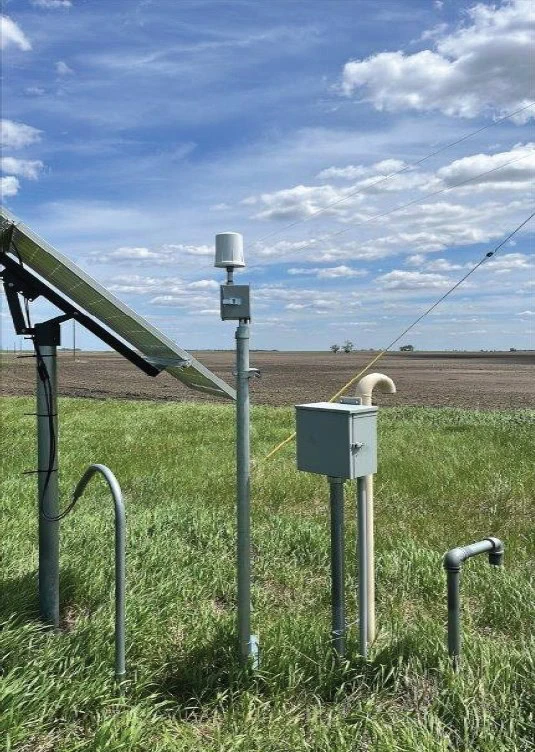
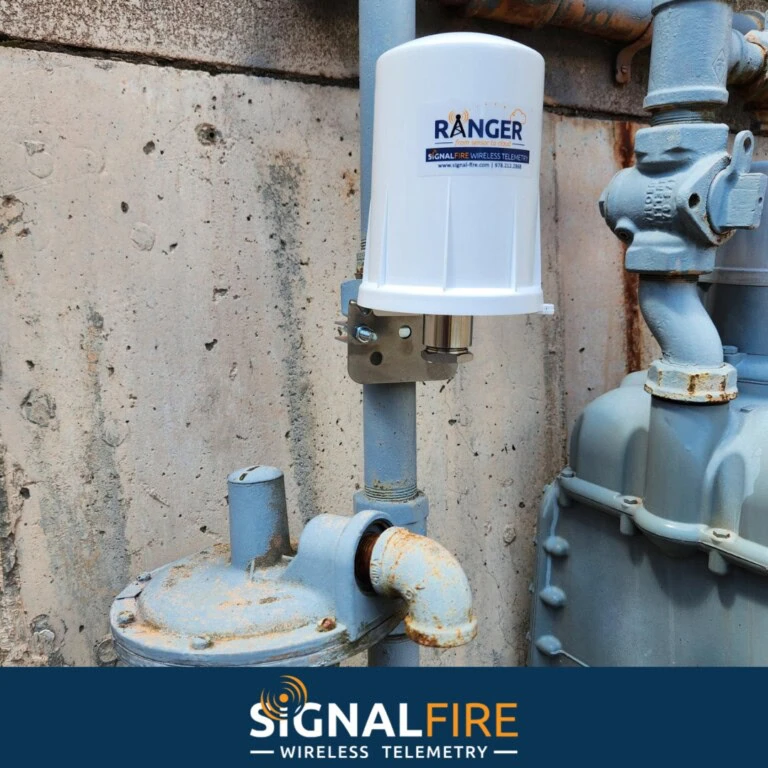

"*" indicates required fields
